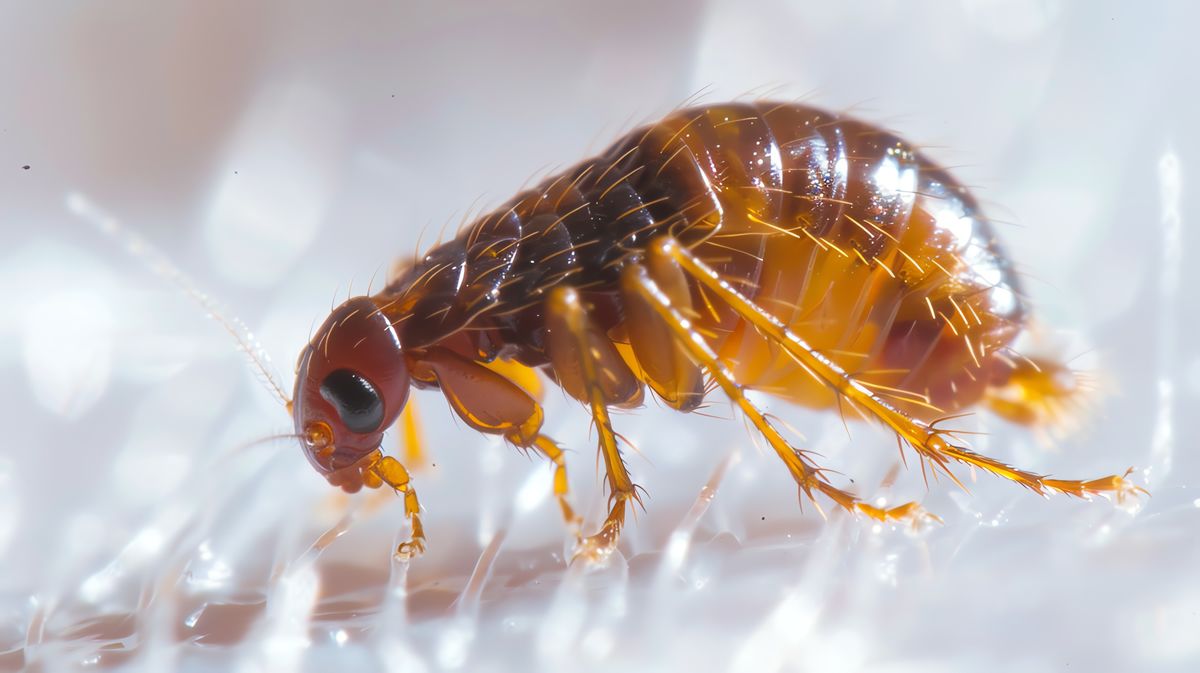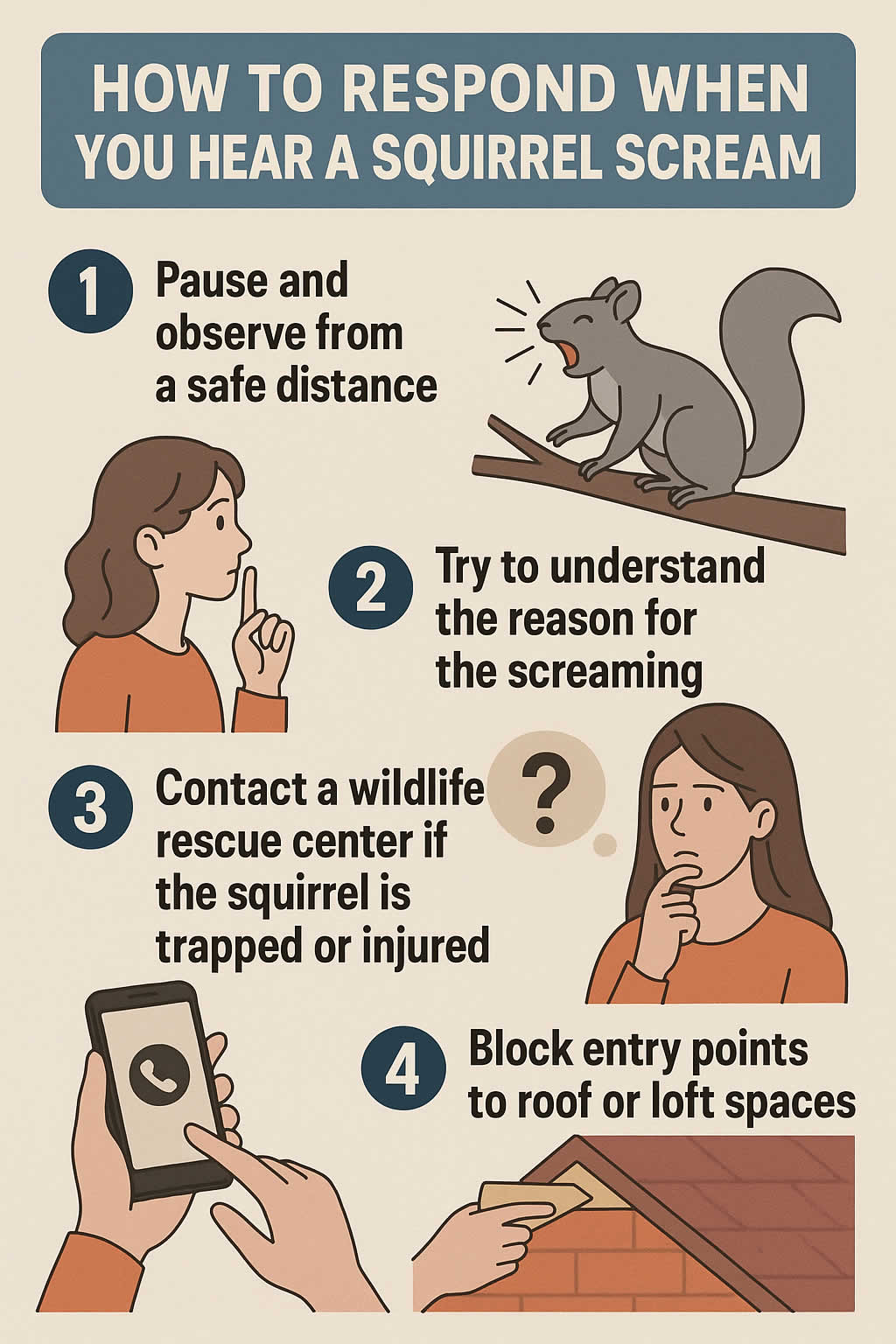Related Queries
ToggleHere’s something surprising – fleas can jump almost 200 times their body length! These tiny insects are incredibly adaptable, with over 2,500 species worldwide and 300 in the United States.
Most people don’t realise how common flea bites are, especially when they appear on ankles and lower legs. The bites show up as small, discoloured bumps on your skin. They often cluster together or form a straight line that people sometimes call “breakfast, lunch, and dinner” bites.
These bites aren’t just a nuisance – they can trigger allergic reactions that cause itching, swelling, and redness. While it’s not very common, fleas can sometimes spread diseases through their bites.
Let’s explore what flea bites look like, recognise their symptoms, and find the quickest way to treat and prevent them. You’ll learn everything about these persistent pests and their troublesome bites.
The Initial Appearance of Flea Bites on Humans
Flea bites on humans create a distinctive pattern that becomes easy to identify once you know the signs. These bites have specific traits that set them apart from other skin irritations.
First signs you’ve been bitten by fleas
The bites first show up as small, discoloured bumps on the skin. Tiny bumps often appear in groups of three or more or line up in a straight pattern—some people call it the “breakfast, lunch, and dinner” pattern.
The appearance varies slightly depending on skin tone:
- On lighter skin, the bites usually look red and slightly swollen
- On darker skin, the bumps might look close to the surrounding skin colour but stand out due to their line pattern and inflammation
People often notice a small red pinpoint right in the middle of each bite where the flea broke the skin. On top of that, a discoloured ring or “halo” usually forms around the bite.
Flea bites tend to show up in specific areas of the body. They mostly appear on the lower body parts—especially the feet, ankles, and calves[62]. Fleas usually jump from the ground onto their hosts, which makes these areas easy targets.
How quickly symptoms develop
People react to flea bites at different speeds. Some see the bites right away, while others might not notice them for several hours.
People who react quickly develop a raised area of skin called a wheal (as with early-stage mosquito bites) within 20 minutes of the bite. The skin around it may turn red, and these original wheals often fade quickly.
Most reactions happen 12-24 hours after the bite. These show up as hard bumps (papules) that often cluster together and can be very itchy. The skin around the bites might redden and swell as your body reacts to the flea’s saliva.
Immediate reactions to watch for
You can often feel a flea’s bite. Most people feel a sharp, stinging sensation right before the itching starts. This happens because fleas inject saliva into your bloodstream, which makes your immune system release histamine.
Key reactions to look out for include:
- Itching and irritation at the bite site
- Redness surrounding the bite
- Small, raised bumps that might cluster together
- Possible burning sensation
Though rare, some people might have stronger immediate reactions, including hives or swelling around the bite. Scratching too much can damage your skin and might lead to bacterial infections.
In rare cases, people with severe allergies might experience anaphylaxis—a life-threatening reaction that needs immediate medical care. These severe reactions to flea bites hardly ever happen.
How Flea Bites Change Over Time
A flea bite’s effects don’t stop with the first reaction. These annoying marks change substantially over time. Understanding these changes helps you tell them apart from other insect bites and spot any developing complications.
24-48 hours after being bitten
The first red bump turns into a harder, more defined papule during the initial day or two. These papules show up in clusters and itch the most during this time. The skin around the bite becomes redder and more swollen as your body reacts to the flea’s saliva.
People with higher sensitivity might see their bites turn into blisters or small wounds after about 24 hours. Dermatologists call some rare reactions “bullous reactions” – these are fluid-filled blisters that show up 48 to 72 hours after the bite.
The healing process of flea bites
Most flea bites heal on their own in a few days to a week without needing medical help. The intense itching goes away gradually and the redness fades. Your body’s sensitivity and how much you scratch the area determine how long the redness lasts – anywhere from several hours to many days.
Scratching can break the skin and cause fluid leakage and crusting, so it’s best to avoid it. Your body might develop immunity over time. Some people only get slight redness that goes away in minutes, and their bite marks fade completely in 3-4 days.
When bite appearance indicates complications
Flea bites usually stay harmless, but some changes need medical attention. Look out for these warning signs:
- Secondary infection: Pus-filled lesions like pustules or boils, wound discharge, more pain, swelling, redness, or warmth around the bite
- Spreading rash: The affected area gets bigger or spreads to other parts
- Blister formation: Unusual blistering reactions
- Persistent reactions: Bites that stay longer than a few weeks
You should get immediate medical help if you develop fever, headache, or body aches after flea bites. These symptoms might point to a serious reaction or possible disease transmission.
Treating Flea Bites on Humans Effectively
Several treatment options work well for flea bites on humans. These range from simple home remedies to medical treatments. The right solution depends on how severe your symptoms are, and quick action can prevent complications.
Home remedies for immediate relief
These household solutions are a great way to get quick comfort from mild flea bites:
- Cold compresses – An ice pack wrapped in a towel for 10 minutes reduces swelling, numbs the area, and eases itching. You can repeat this simple approach throughout the day.
- Aloe vera gel – The salicylic acid in aloe vera eases itching and pain while it helps healing. Just apply it directly to bites and let it dry.
- Baking soda paste – A mixture of equal parts baking soda and water creates a paste. The paste works on affected areas for 10-15 minutes. Rinse it with cool water to neutralise the bite’s acidity.
- Herbal remedies – Chamomile tea bags soaked in water for 20 minutes help soothe bites. Honey’s catalase enzyme reduces minor inflammation.
Over-the-counter treatment options
The pharmacy offers these options to treat flea bites more effectively:
Antihistamines like diphenhydramine (Benadryl) or cetirizine (Zyrtec) reduce itching. They block histamine, which your body releases after meeting an allergen. These come as oral medications or creams for direct application.
Hydrocortisone cream (1%) eases itching and swelling. Clean bites need this cream as directed on the package.
Calamine lotion reduces irritation and speeds up healing. Clean the bite area with mild soap and warm water before you apply it.
When to seek medical treatment
Watch for these symptoms that signal the need for professional care:
Medical attention becomes urgent at the first sign of allergic reactions like breathing problems, facial swelling, or widespread hives.
Your doctor needs to see you if these infection signs appear:
- Pain, redness, or warmth around bites that keeps increasing
- Pus or fluid coming from bite sites
- Fever or headache after being bitten
- Bites that stay unhealed for over a week
- Swelling that gets worse
Doctors might prescribe stronger antihistamines such as hydroxyzine or mid-potency topical corticosteroids for intense itching. Antibiotics become necessary if an infection develops.
Preventing Future Flea Bites
Keeping fleas away requires a comprehensive plan that focuses on your environment and daily habits. You might be surprised to learn that 95% of flea eggs, larvae, and pupae live in the environment, not on pets. This makes it crucial to know where these pests hide to stop them effectively.
Identifying flea sources in your environment
Your home can get fleas in ways you might not expect. Many people think only homes with pets get fleas, but that’s not true. Here are the main sources:
- Untreated pets: Indoor and outdoor pets can bring fleas into your home
- Wildlife visitors: Opossums, raccoons, and rodents often carry fleas near homes
- Neighbouring animals: Stray cats, visiting dogs, and other roaming pets can leave fleas in your garden
Fleas can stay dormant up to 18 months, which means they might have been in your home before you moved in. These pests love shaded, humid spots around your property.
Protecting your home from fleas
Here’s how to keep your home flea-free:
- Regular vacuuming: Hoover up carpets, furniture, and pet areas often, and throw vacuum bags outside right away
- Thorough washing: Wash your pet’s bedding in hot water every 2-3 weeks
- Garden maintenance: Keep lawns short and rake debris so sunlight can reach areas fleas hate
Dog runs need proper insecticide treatment to keep fleas away. You might need professional pest control help along with good pet protection if things get bad.
Personal protection strategies
Here’s how to protect yourself from flea bites:
- Appropriate clothing: Put on long trousers when walking in flea-prone areas
- Insect repellents: Use DEET repellents on exposed skin
- Protective gear: Try permethrin-treated clothing for extra protection
- Vigilant grooming: Check pets with flea combs to catch problems early
You can lower your risk by staying away from animals and areas that might have fleas. Since fleas jump onto humans from the ground, it’s extra important to protect your legs and feet.
Our Final Say!
A good understanding of flea bites will help protect you and your family from these persistent pests. These bites might look minor, but they can cause discomfort and lead to possible complications. This makes proper identification and treatment crucial.
You need to act fast when dealing with flea bites. Simple home remedies like ice packs or baking soda paste work well for mild cases. Keep an eye out for signs of infection or allergic reactions that need a doctor’s attention. Scratching might feel good, but it can damage your skin and cause infections.
The best defence against fleas is prevention. Regular cleaning, proper pet treatment, and well-maintained outdoor spaces will substantially reduce flea populations. Wearing the right clothing and using insect repellents are a great way to get extra protection against these jumping insects.
Your best bet is to keep checking your environment and pets for signs of fleas. These tiny pests can be stubborn, but the right mix of prevention and quick treatment will help you control flea bites and create a comfortable, bite-free home.
Are you looking for pest control in North Yorkshire? Get in touch with us and a local pest removal company will be in touch.
Pest Control Stotfold – Pest Control Hulcote – Pest Control Sedgwick













